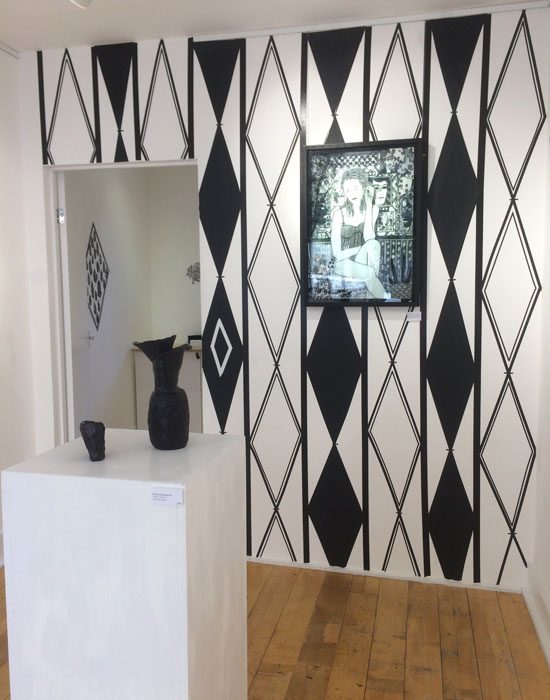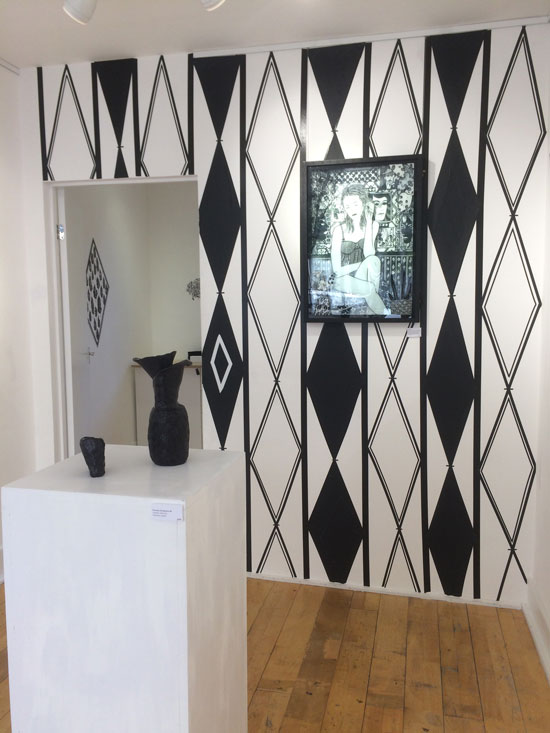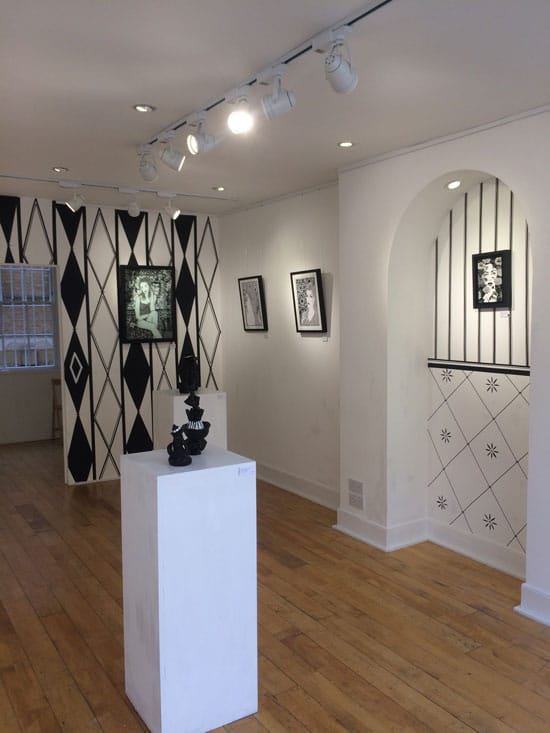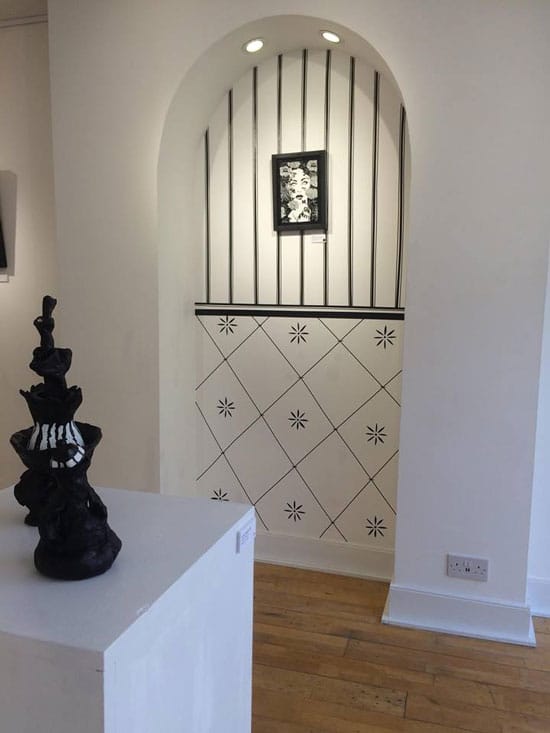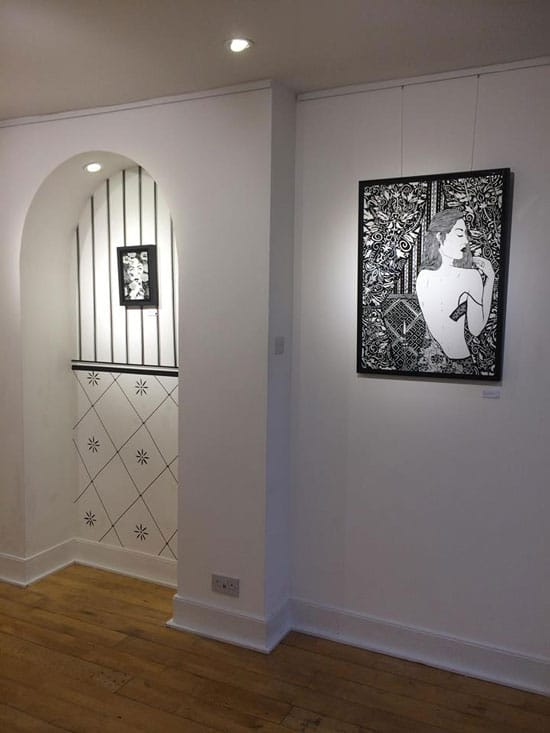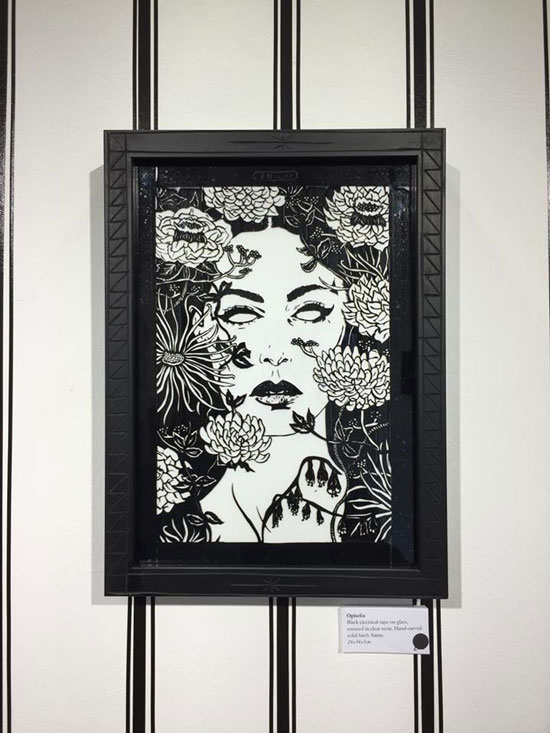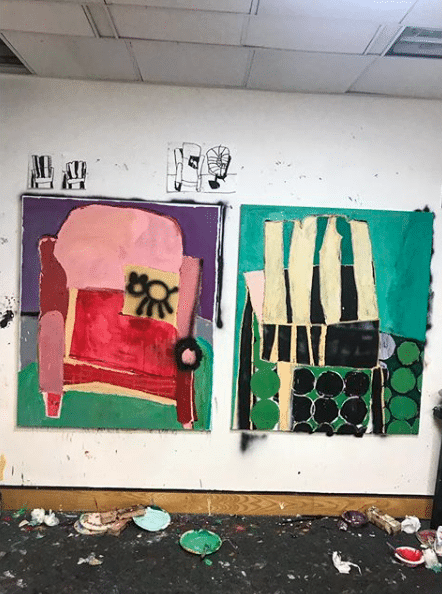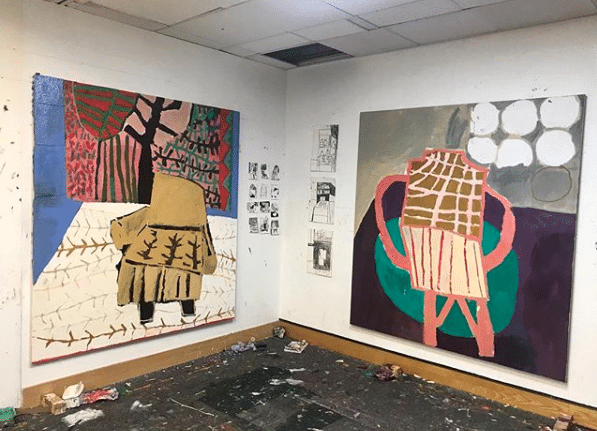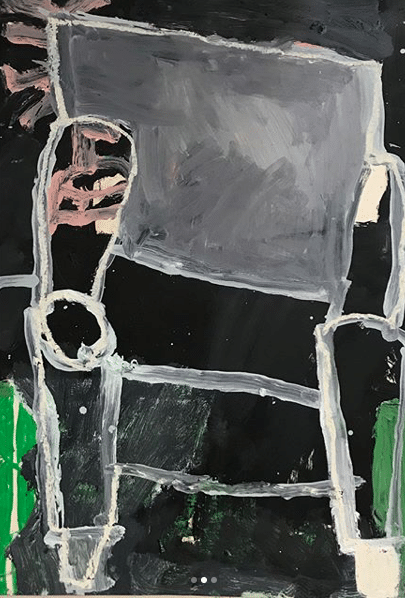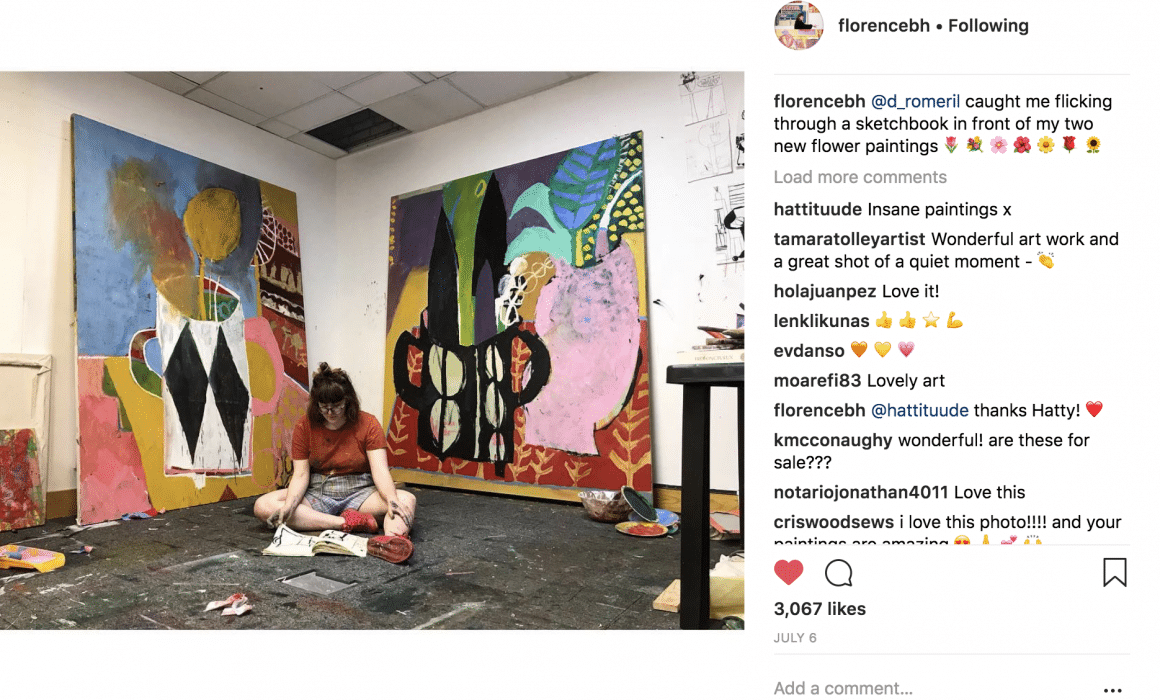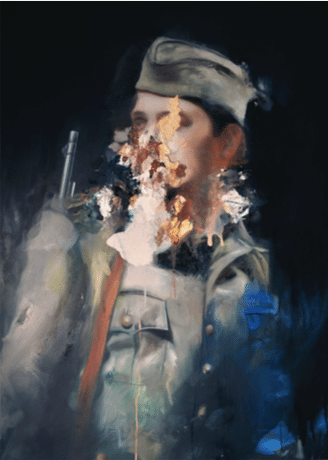Claus Busch Risvig Interview
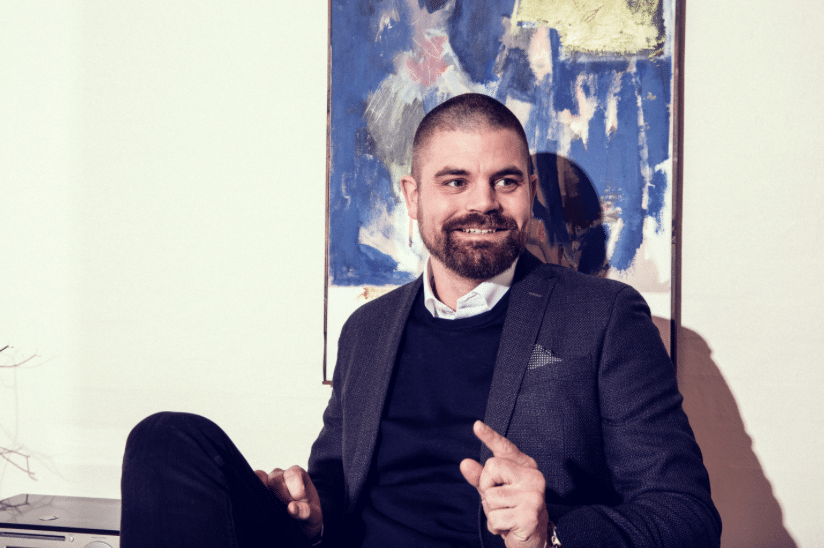
How do you select a piece for your collection, is it a case of choosing an artist to collect, or choosing a piece that fits in with the aesthetic of the rest of your collection?
It’s about following in love with a piece, we dont have any specific strategy on how to select works for our collection.
Does your collection have a certain aesthetic, or do you predominantly collect a certain style of work?
I think our collection is quite eclectic, is more about adding works that we love then accuire a certain style of work. But we have a lot of paintings so that could be a theme even though we would like to add other types of media in the future.
Collectors can have quite a big influence over an artists career, do you feel that this is a big responsibility or do you try not to think about it
Sure I think about it, and I try to help the artists i collect in the Best way i can.
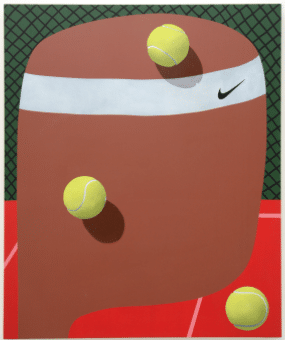
Oli Epp
What are your opinions on collectors selling the works they own, and how do you think is the best way for them to go about doing so in a conscientious way?
I don’t have a problem with people Selling the things the own, the only thing I dont like is when they flip young artist for a quick profit, for me thats not collecting. It’s really hard for me to say what the best way to sell is as i almost never sell anything, but I think when you sell something you should have in mind that i shouldn’t harm the artist in any way.

Richie Culver
What advice would you give to young artists in relation to being collectible/ getting their work in the right collections?
I think the best way to get into the right collections is to work with a good Gallery that is able to place the work in the right places, they already now who the good collectors are, which can be hard to know when your a young artist.
With the dawn of social media, do you think it’s possible for an artist to go it alone, outside of the gallery system?
Of course it is and I think you can have good succes in doing that, but I also think you’ll have a hard time to get your work into institutional shows and collections without having a Gallery backing you, but maybe that will change in the future.
What galleries are doing exciting things for you at the moment
Galleri Jacob Bjørn is doing great shows and think his next show with Graham Wilson is gonna be awesome, I also really enjoy the programm of Rolando Anselmi who also represents one of my favorite artists Asger Dybvad Larsen.
The young Gallery Gether Contemporary in Copenhagen is also doing some great shows and is a Gallery a have a close eye on.
What advice would you give to someone wanting to start a collection?
See a lot of shows both at galleries and museums and read books so you get a sense of the art historie and maybe start out with buying some prints its an affordable to start out collecting. And you should not be afraid of making mistakes It’s a part of collecting and often will help you make better decisions in the future.
And finally, what artists do you think are going to be making big waves in the future?
Haha that’s a tough question! I’m really not into speculating in these things, but I think you should keep an eye out for British artist like Oli Epp, Richie Culver and Liam Fallon I personally think they are gonna do great things in the future.
Photos courtesy of the Bech Risvig Collection and the Artist

